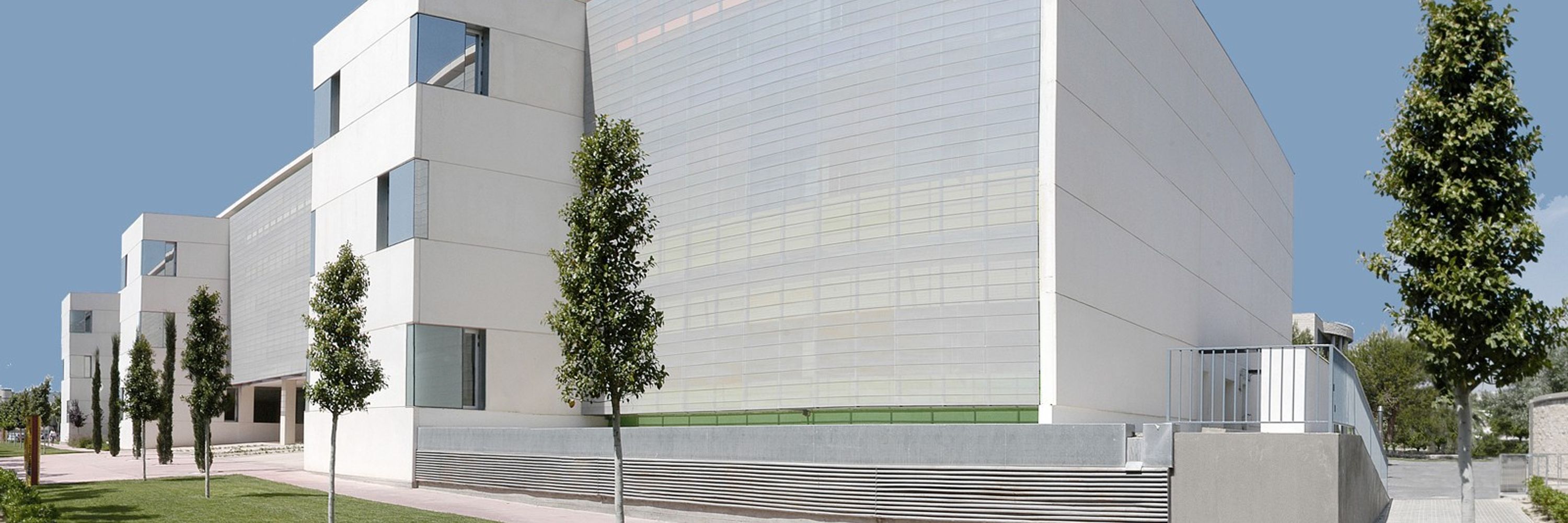
Centro de Excelencia Severo Ochoa desde 2014.
https://in.umh-csic.es/es/
The event also welcomed over a dozen companies from biotech, pharma, and healthcare, fostering collaboration and innovation.
With the support of IVACE+i



The event also welcomed over a dozen companies from biotech, pharma, and healthcare, fostering collaboration and innovation.
With the support of IVACE+i
Read the full paper here 👇
doi.org/10.1016/j.bi...
@csic.es @umh.es @dicv.csic.es @ageinves.bsky.social @cienciagob.bsky.social @sommalliance.bsky.social @isciiisalud.bsky.social
Read the full paper here 👇
doi.org/10.1016/j.bi...
@csic.es @umh.es @dicv.csic.es @ageinves.bsky.social @cienciagob.bsky.social @sommalliance.bsky.social @isciiisalud.bsky.social
📌 Key findings:
• MCH11 restores altered gene expression linked to alcohol use disorder
• Shows potential as a future personalized therapy
📌 Key findings:
• MCH11 restores altered gene expression linked to alcohol use disorder
• Shows potential as a future personalized therapy
Results also reveal sex-dependent differences: males respond to low/medium doses, while females require higher doses for comparable effects.


Results also reveal sex-dependent differences: males respond to low/medium doses, while females require higher doses for comparable effects.
🖼️Biomedicine & Pharmacotherapy

🖼️Biomedicine & Pharmacotherapy
🔹 Streaming 13/11: youtube.com/live/RN-Shel...
🔹 Streaming 14/11: youtube.com/live/SzMAUYJ...
Organizan: @sommalliance.bsky.social, @iatacsic.bsky.social, @icmoluv.bsky.social,
@itq-upvcsic.bsky.social, #IFIC y @neuroalc.bsky.social
#CienciaParaLaSociedad

🔹 Streaming 13/11: youtube.com/live/RN-Shel...
🔹 Streaming 14/11: youtube.com/live/SzMAUYJ...
Organizan: @sommalliance.bsky.social, @iatacsic.bsky.social, @icmoluv.bsky.social,
@itq-upvcsic.bsky.social, #IFIC y @neuroalc.bsky.social
#CienciaParaLaSociedad
doi.org/10.1016/B978...
doi.org/10.1016/B978...
You can read the full paper here 👇
doi.org/10.1371/jour...
@csic.es @umh.es @dicv.csic.es @ageinves.bsky.social

You can read the full paper here 👇
doi.org/10.1371/jour...
@csic.es @umh.es @dicv.csic.es @ageinves.bsky.social
📷Peng Cui @plosbiology.org

📷Peng Cui @plosbiology.org
➡️ In short: this ancient structure selects what matters.

➡️ In short: this ancient structure selects what matters.

